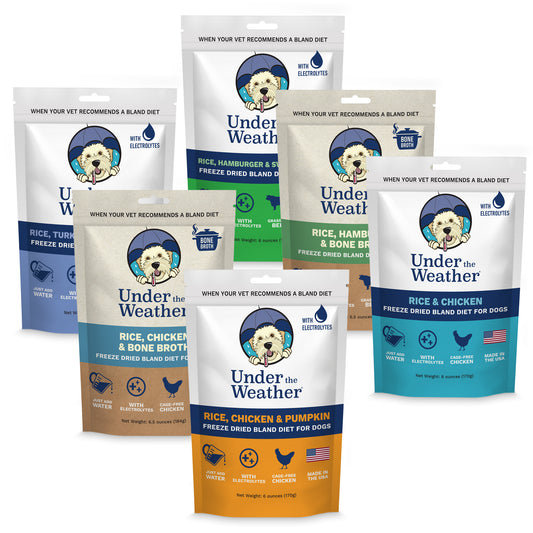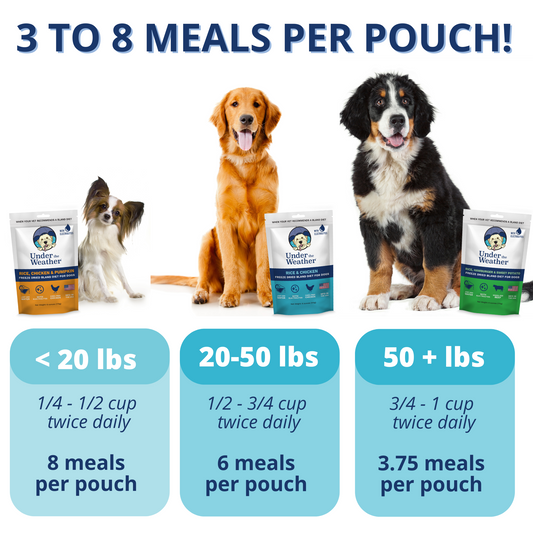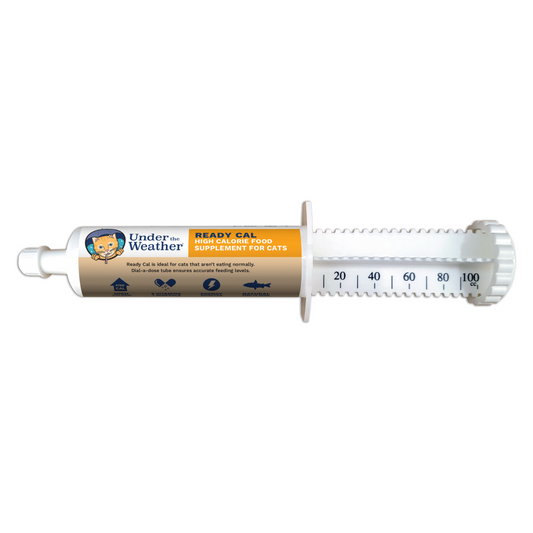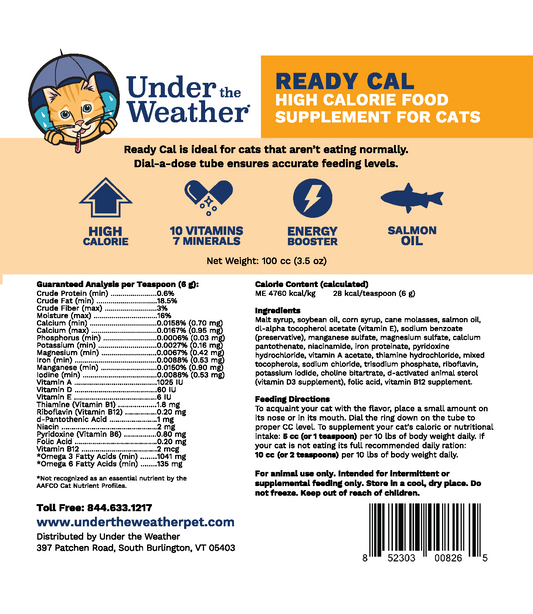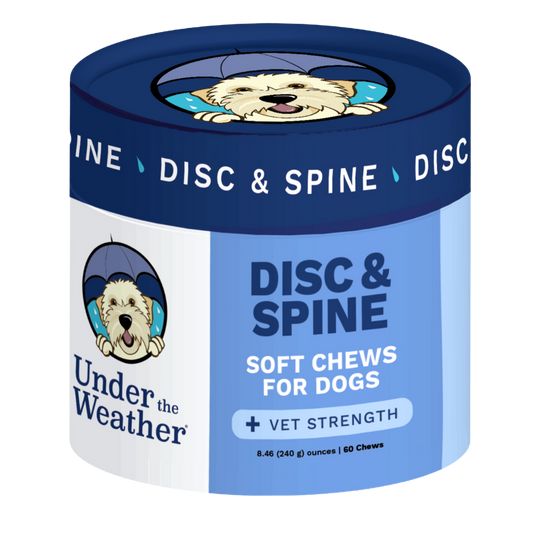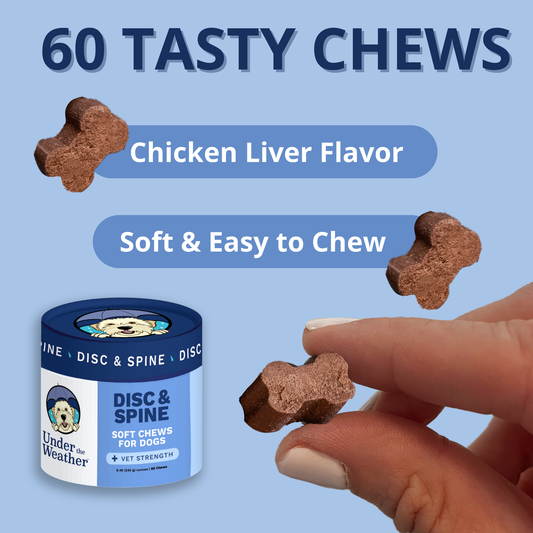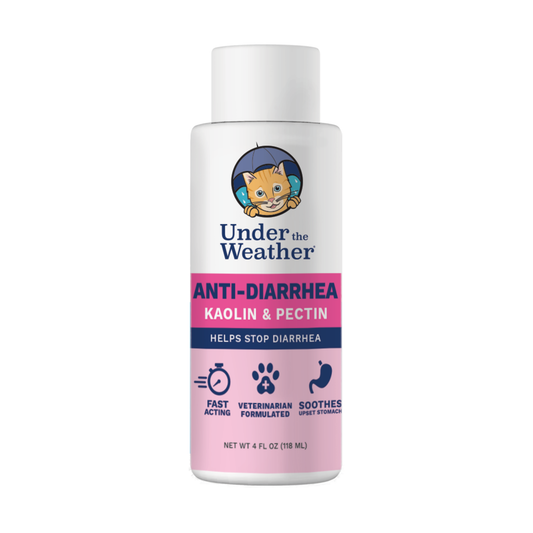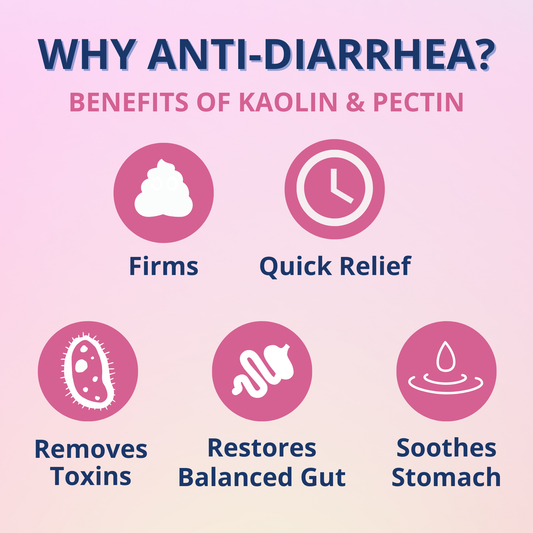Dog owners often face various challenges when it comes to their pet's health. One issue that can arise during a dog's heat cycle is diarrhea. This uncomfortable and potentially concerning condition can be confusing and frustrating to deal with. With the knowledgeable help of the team at Under the Weather, we will help you understand the topic of dog diarrhea during heat cycles, including the causes, symptoms, and treatment options available to alleviate this issue.
Understanding the Canine Heat Cycle
Before delving into the specifics of why diarrhea can occur during a dog's heat cycle, it is essential to have a basic understanding of the heat cycle itself. The canine heat cycle, also known as estrus, refers to the reproductive cycle in female dogs. It is a hormonally-driven process that prepares the dog's body for potential pregnancy.
The Stages of a Dog's Heat Cycle
The canine heat cycle can be broadly divided into four stages: proestrus, estrus, diestrus, and anestrus. Each stage is characterized by different hormonal changes and physical signs.
Proestrus: This stage lasts for an average of 9-10 days and is marked by the onset of vaginal bleeding. Female dogs in proestrus tend to attract male dogs but are not yet receptive to mating.
Estrus: Also known as the "heat" phase, estrus lasts for around 5-14 days. During this time, the female dog is receptive to mating, and her bleeding gradually decreases. Male dogs can detect the pheromones released by a dog in heat from a distance and may exhibit increased interest or agitated behavior.
Diestrus: Diestrus follows estrus and typically lasts for 8-10 weeks if the dog is not pregnant. During this stage, the female dog's reproductive system returns to normal, and she is no longer receptive to mating.
Anestrus: Anestrus is the phase between heat cycles and can last for several months. The dog's reproductive system is at rest during this time until the next heat cycle begins.
How Heat Cycles Affect a Dog's Health
Dogs' heat cycles involve various hormonal fluctuations that can impact their overall health and well-being. During this time, the dog's body undergoes important changes to prepare for potential pregnancy, which can affect not only their reproductive system but also their digestive system.
One common issue that arises during a dog's heat cycle is diarrhea. This gastrointestinal disturbance can be attributed to the fluctuating hormone levels and the stress placed on the dog's body during this reproductive process.
When a female dog is in heat, her body experiences an increase in estrogen levels, which can lead to changes in the gastrointestinal tract. The hormonal fluctuations can cause the muscles in the intestines to contract more frequently, leading to loose stools or diarrhea. Additionally, the stress and excitement associated with the heat cycle can also contribute to digestive upset.
It is important to note that not all female dogs will experience diarrhea during their heat cycle. Some dogs may have a more sensitive digestive system, while others may be more resilient. However, if your dog does develop diarrhea during this time, it is crucial to monitor her closely and consult with a veterinarian if the symptoms persist or worsen.
The Link Between Heat Cycles and Diarrhea in Dogs
Many dogs experience digestive issues, including diarrhea, during their heat cycles. The hormonal changes and stress associated with the heat cycle can disrupt the dog's digestive system, leading to loose stools or diarrhea. Understanding these factors and their impact on a dog's health is crucial for effectively managing and navigating through this condition.
It's important to note that not all dogs will experience diarrhea during their heat cycles, but for those that do, it can be a challenging time for both the dog and their owner. Monitoring your dog's symptoms and behavior closely can help in providing the necessary care and support during this period.
Hormonal Changes and Digestive Issues
During the heat cycle, a female dog's body releases various hormones, including estrogen and progesterone. These hormones play a vital role in regulating the reproductive system but can also affect the dog's gastrointestinal tract.
The increased levels of estrogen and progesterone can cause changes in the dog's bowel movements, leading to diarrhea or loose stools. Additionally, these hormonal fluctuations can affect the dog's appetite, potentially resulting in changes in food intake or even temporary loss of appetite.
It's fascinating to see how interconnected the body's systems are, with reproductive hormones not only influencing the reproductive cycle but also impacting other bodily functions such as digestion. This complexity highlights the importance of holistic veterinary care that considers all aspects of a dog's health.
Stress-Related Diarrhea During Heat
Aside from hormonal changes, the heat cycle itself can be a stressful time for dogs. Increased attention from male dogs, physical discomfort, and changes in routine or environment can contribute to stress and anxiety. These emotional factors can also trigger digestive disturbances, including diarrhea.
As responsible pet owners, it's crucial to create a calm and comfortable environment for your dog during their heat cycle to help alleviate stress and reduce the likelihood of digestive issues. Providing a quiet space, engaging in calming activities, and maintaining a consistent routine can all contribute to supporting your dog through this challenging time.
Identifying Diarrhea in Dogs
Being able to identify diarrhea in dogs is essential for prompt intervention and appropriate treatment. Diarrhea is characterized by loose, watery stools that may be accompanied by urgency to defecate or increased frequency of bowel movements.
Common Symptoms of Diarrhea
There are several signs to look out for that may indicate your dog is experiencing diarrhea. These include:
- Increased bowel movements
- Loose stools
- Urgency to defecate
- Straining or discomfort during bowel movements
- Presence of blood or mucus in the stool
- Loss of appetite
- Lethargy
If you notice any of these symptoms, it is important to monitor your dog closely and seek veterinary assistance if the condition persists or worsens.
When to Seek Veterinary Assistance
In most cases, diarrhea during a dog's heat cycle resolves on its own within a few days. However, there are instances when veterinary care is necessary. It is important to consult a veterinarian if:
- Diarrhea persists for more than 48 hours
- There is blood or mucus in the stool
- Your dog shows signs of severe abdominal pain
- Your dog becomes dehydrated
- Your dog's appetite significantly decreases or is absent
A veterinarian can assess your dog's condition and provide appropriate guidance and treatment options to alleviate diarrhea and promote your dog's recovery.
It is worth noting that diarrhea in dogs can be caused by various factors. One common cause is dietary indiscretion, which occurs when a dog consumes something that doesn't agree with their digestive system. This could be anything from table scraps to garbage or even certain plants. Another potential cause is a sudden change in diet, as dogs can be sensitive to abrupt changes in their food. Stress and anxiety can also contribute to diarrhea in dogs, as these emotions can disrupt their digestive system.
Additionally, certain medical conditions can lead to diarrhea in dogs. These include gastrointestinal infections, parasites, inflammatory bowel disease, and food allergies. It is important to consider these possibilities when trying to identify the cause of your dog's diarrhea. If you suspect a specific underlying condition, it is crucial to consult with a veterinarian for a proper diagnosis and treatment plan.

Treatment Options for Diarrhea During Heat Cycles
When it comes to managing diarrhea during a dog's heat cycle, several treatment options are available, ranging from home remedies to medical interventions. It's important to address this issue promptly to ensure your furry friend's well-being and comfort.
Home Remedies for Dog Diarrhea
In mild cases of diarrhea, home remedies can often help alleviate the symptoms and promote recovery. These remedies are not only cost-effective but also readily available. Some effective home remedies include:
- Providing a bland diet consisting of boiled rice and lean protein such as boiled chicken or turkey. This helps to soothe the digestive system and provide easily digestible nutrients.
- Adding pumpkin puree or unflavored probiotics to the dog's food to promote healthy digestion. Pumpkin is rich in fiber, which can help regulate bowel movements, while probiotics introduce beneficial bacteria to the gut.
- Ensuring the dog has access to clean drinking water to prevent dehydration. Diarrhea can quickly lead to fluid loss, so it's crucial to keep your dog hydrated.
- Managing stress and anxiety by providing a calm and quiet environment. Stress can exacerbate gastrointestinal issues, so creating a peaceful atmosphere can aid in the recovery process.
It is important to note that while home remedies can be effective in mild cases, severe or persistent diarrhea should always be evaluated and treated by a veterinarian. They can provide a more accurate diagnosis and recommend appropriate treatment options.
Medical Interventions for Severe Cases
In more severe cases of diarrhea during a dog's heat cycle, veterinary intervention may be necessary. Your veterinarian may recommend:
- Prescription medications to control diarrhea and reduce gastrointestinal inflammation. These medications can help bring relief to your dog and promote the healing of the digestive tract.
- Intravenous fluids to rehydrate the dog and restore electrolyte balance. Severe diarrhea can lead to dehydration and electrolyte imbalances, so administering fluids directly into the bloodstream can be crucial for recovery.
- Further diagnostic tests such as fecal analysis or blood work to determine the underlying cause of the diarrhea. Identifying the root cause is essential for effective treatment and preventing future episodes.
Always follow your veterinarian's guidance and treatment plan to ensure the best possible outcome for your dog. They have the expertise and knowledge to provide tailored care based on your dog's specific needs.
Remember, diarrhea during a dog's heat cycle can be uncomfortable and distressing for both you and your furry companion. By promptly addressing the issue and seeking appropriate treatment, you can help your dog recover quickly and get back to enjoying a happy and healthy life.
Preventive Measures to Avoid Diarrhea During Heat Cycles
While it may not always be possible to prevent diarrhea during a dog's heat cycle, there are certain steps you can take to minimize the risk and promote a healthy reproductive cycle for your pet.
Dietary Adjustments for Dogs in Heat
Feeding a high-quality, balanced diet to your dog is crucial for maintaining overall health and proper digestion. During your dog's heat cycle, consider making these dietary adjustments:
- Avoid feeding table scraps or foods that are high in fat, spices, or additives that may upset the dog's stomach
- Ensure the dog's meals are portioned appropriately to prevent overeating or digestive discomfort
- Consult with your veterinarian to determine if any specific supplements or dietary modifications would benefit your dog during this time
The Role of Hydration and Exercise
Proper hydration and regular exercise are essential for a dog's overall well-being, including during the heat cycle. Ensure that your dog has access to fresh, clean water at all times to prevent dehydration, especially during warmer months or if your dog is experiencing diarrhea.
Additionally, moderate exercise can help ease stress and promote healthy digestion. Engage in regular walks or play sessions with your dog, but be mindful not to overexert them or engage in strenuous activities during the heat cycle.
Conclusion
Dealing with dog diarrhea during heat cycles can be challenging, but a combination of understanding the canine heat cycle, identifying diarrhea symptoms, and implementing appropriate treatment and preventive measures can help navigate this condition effectively. Remember to monitor your dog closely, particularly if the diarrhea persists or worsens, and consult with a veterinarian when necessary. By taking proactive steps to manage this issue, you can ensure your dog's health and well-being during their heat cycles.


